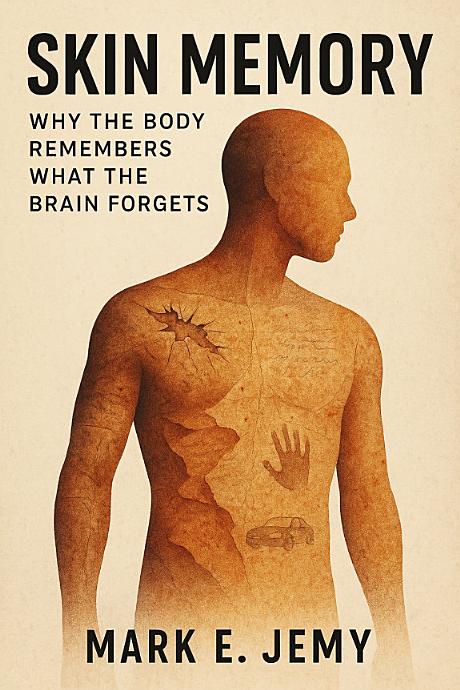Skin Memory: Why the Body Remembers What the Brain Forgets
Skin Memory: Understanding the Body's Hidden Stories
In the realm of memory, we often focus on the brain as the main repository of our experiences. However, recent explorations reveal that our bodies, particularly our skin, possess a remarkable ability to remember events that our brains might forget. This phenomenon challenges traditional views of memory and identity, offering a fresh perspective on how we understand our past.
The Science Behind Skin Memory
Skin memory is a concept rooted in the idea that our bodies are not mere vessels for the mind but active participants in the memory process. This understanding opens up new avenues in neuroscience, psychology, and even philosophy. Researchers have found that sensory experiences, such as touch and smell, can trigger memories stored in our skin, suggesting a complex interplay between the physical and mental realms.
Implications for Health and Well-being
Understanding skin memory has profound implications for health and well-being. It introduces novel approaches to therapy and healing, emphasizing the importance of bodily experiences in mental health. By acknowledging the body's role in memory, we can develop more holistic treatment methods that address both mind and body.
- Enhancing therapeutic practices
- Encouraging holistic health approaches
- Fostering self-awareness and personal growth
Conclusion: A New Perspective on Memory
As we delve deeper into the mysteries of skin memory, we begin to appreciate the intricate relationship between our physical and mental selves. This understanding not only enriches our comprehension of memory but also encourages us to embrace the stories our bodies have to tell. By doing so, we can unlock a wealth of knowledge about who we are and where we've been.
This work examines the invisible frameworks behind human reasoning — how emotion, perception, and memory form a complex network of ideas that shape our daily behavior. By drawing on modern psychology, the book reveals why we cling to certain patterns of thought and how awareness can shift them.
The result is not just a collection of ideas, but a living dialogue that invites participation, self-inquiry, and perspective.
Ultimately, this book leaves the reader with a sense of clarity and curiosity — a reminder that understanding begins when we dare to question what we think we already know.

